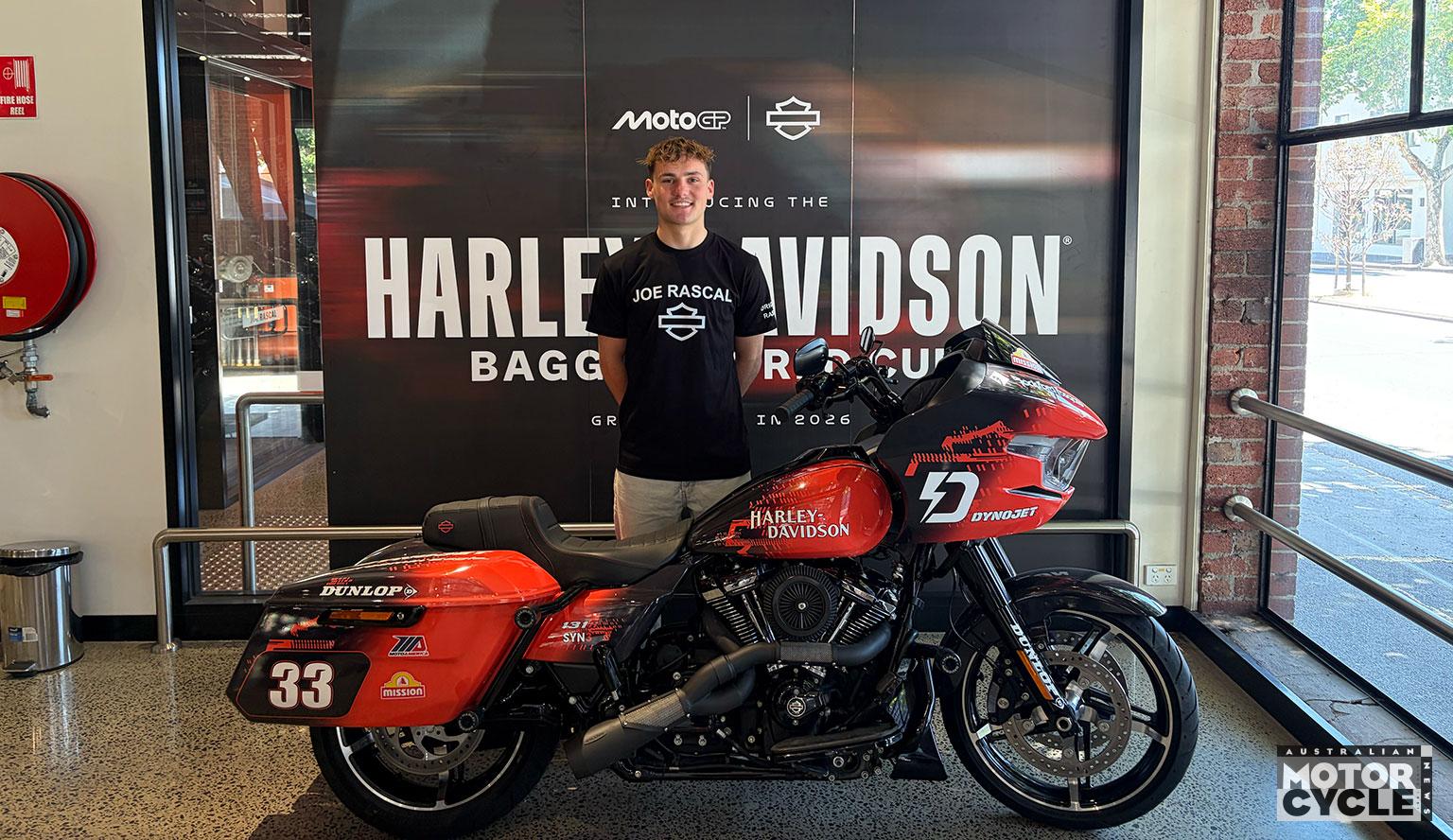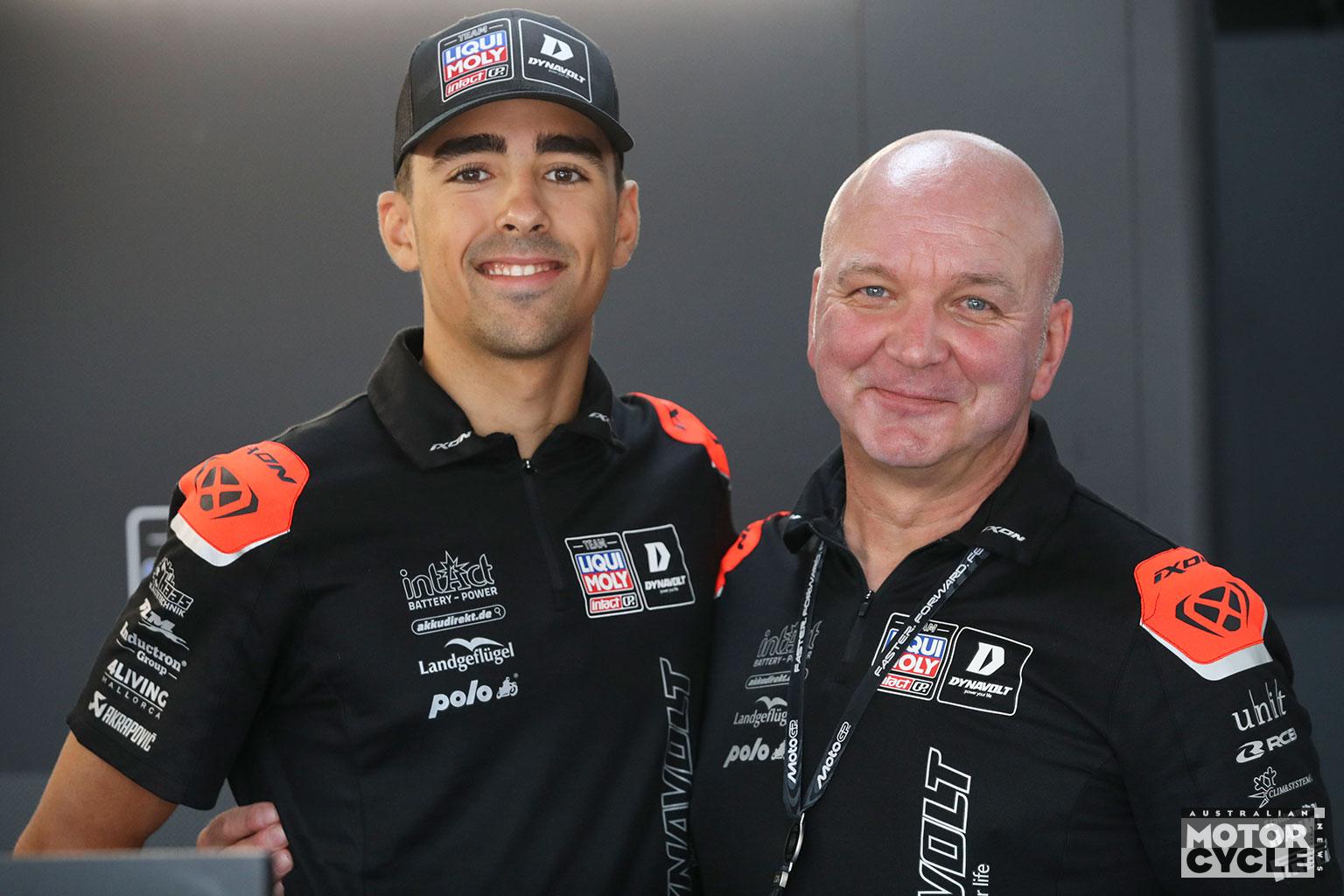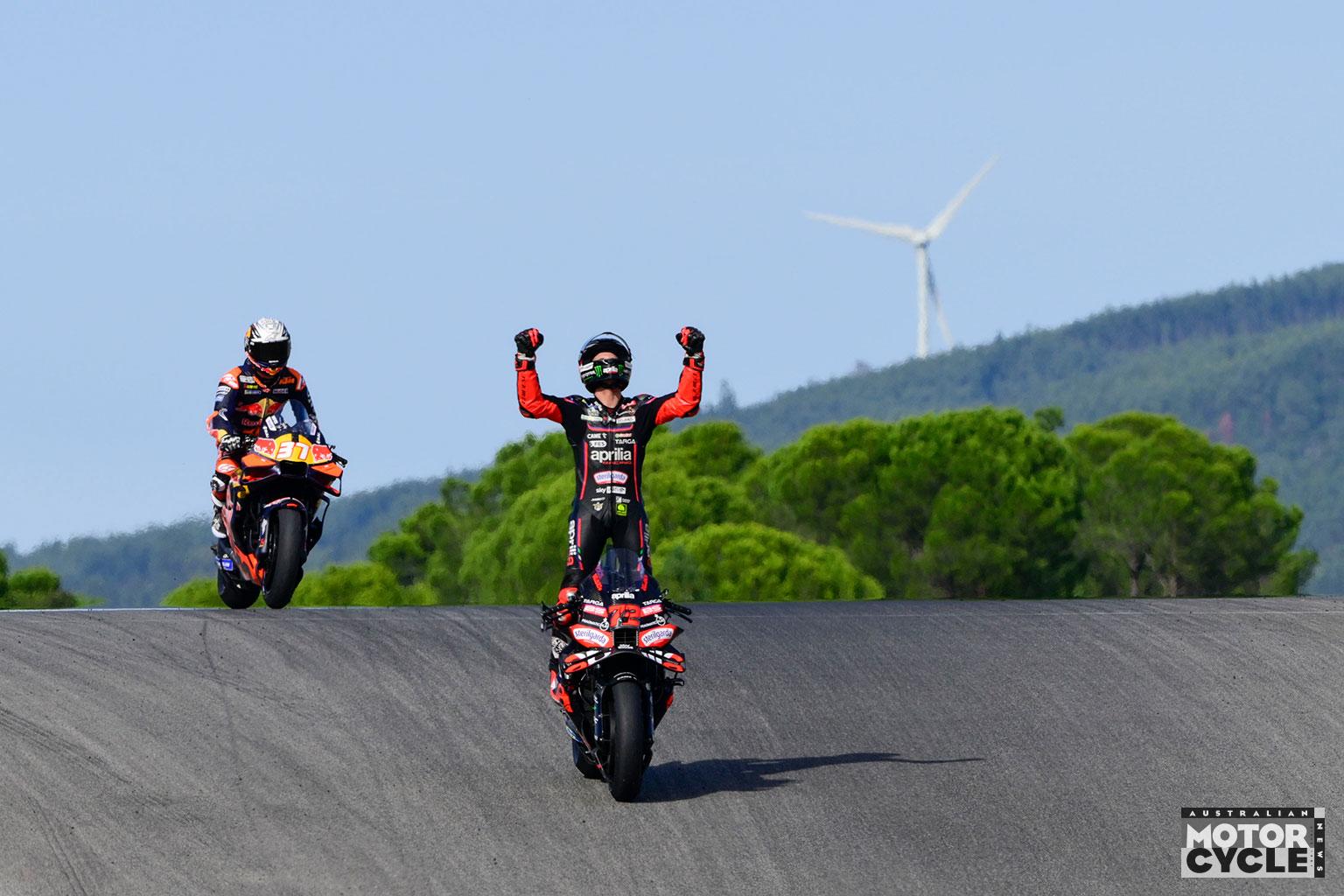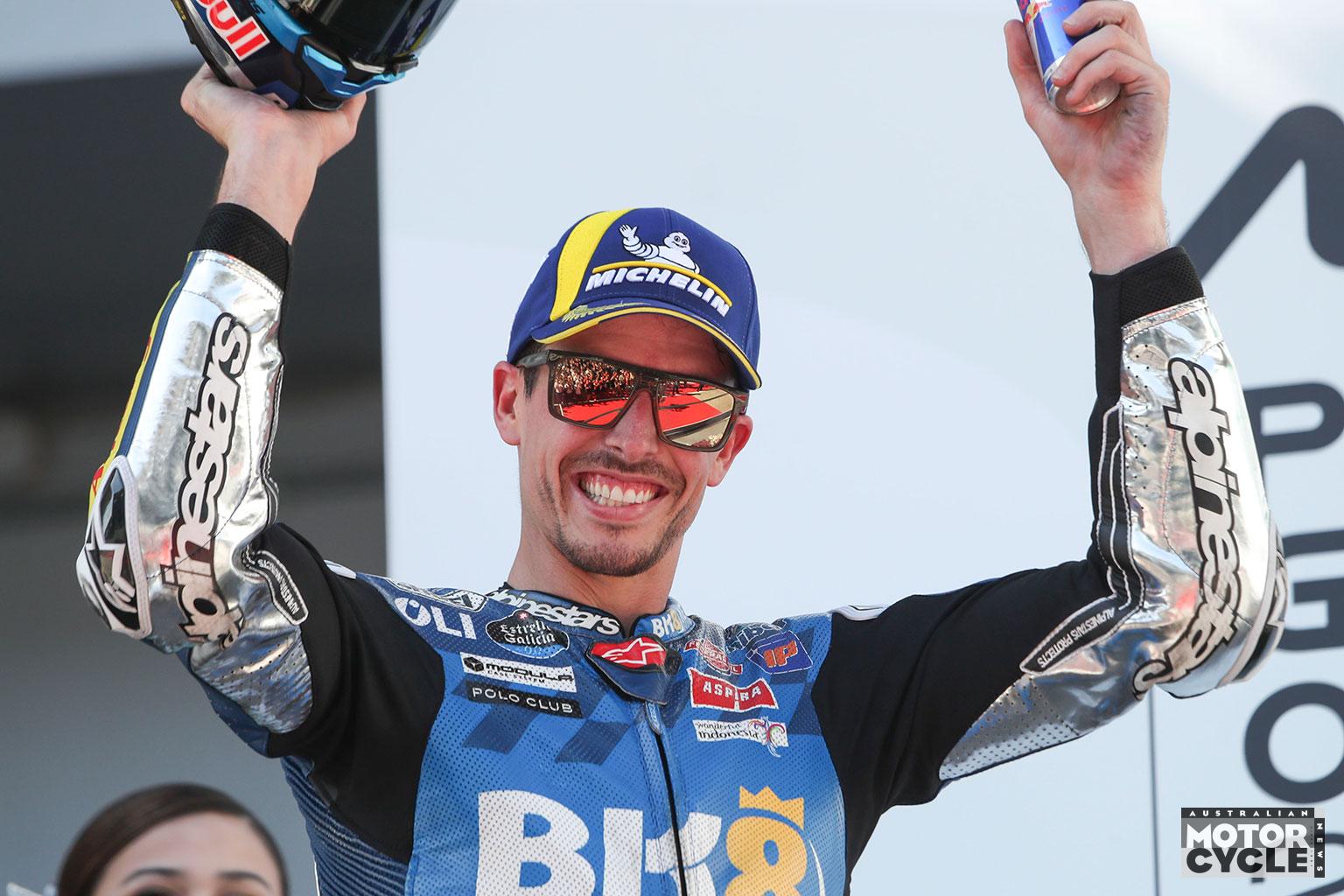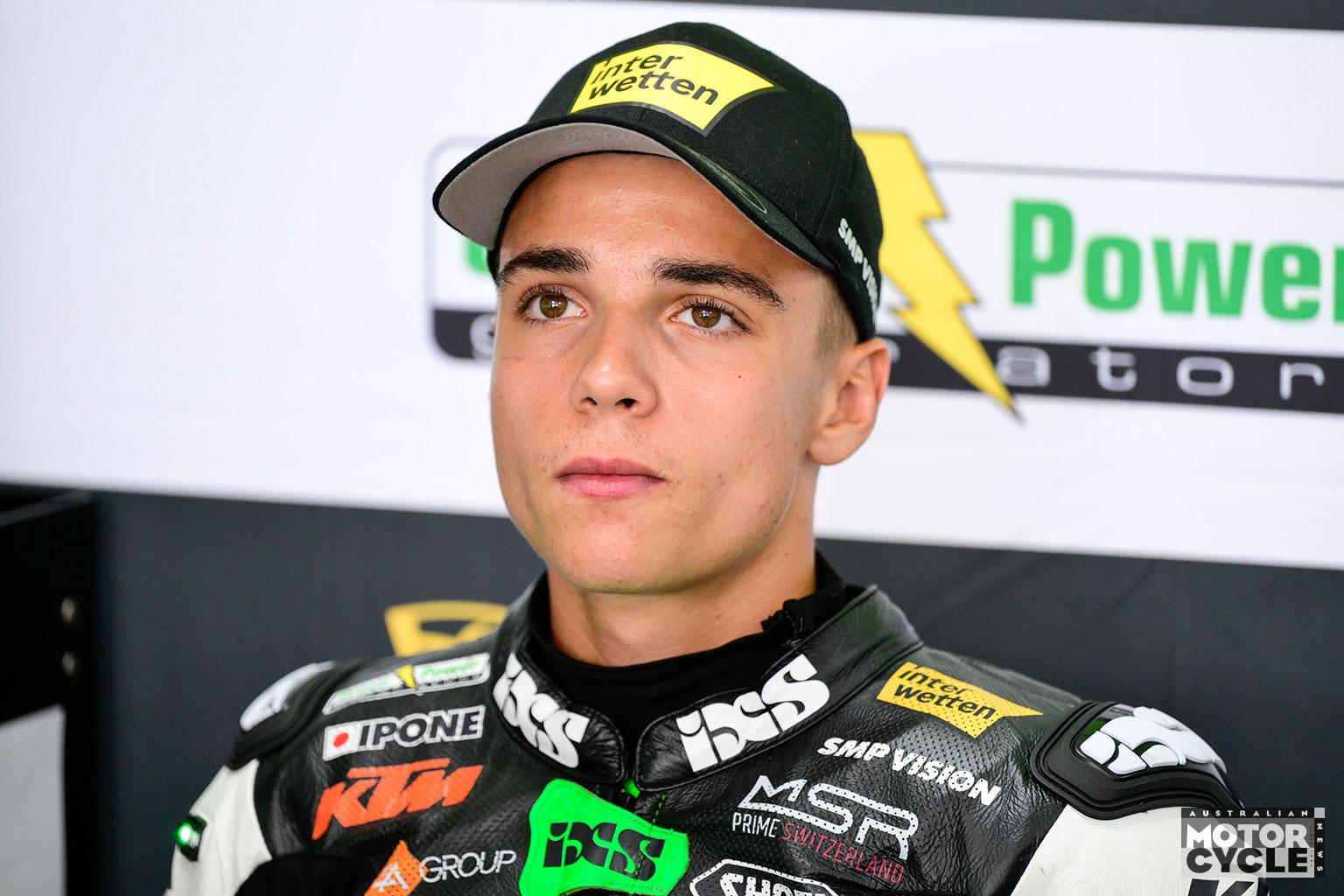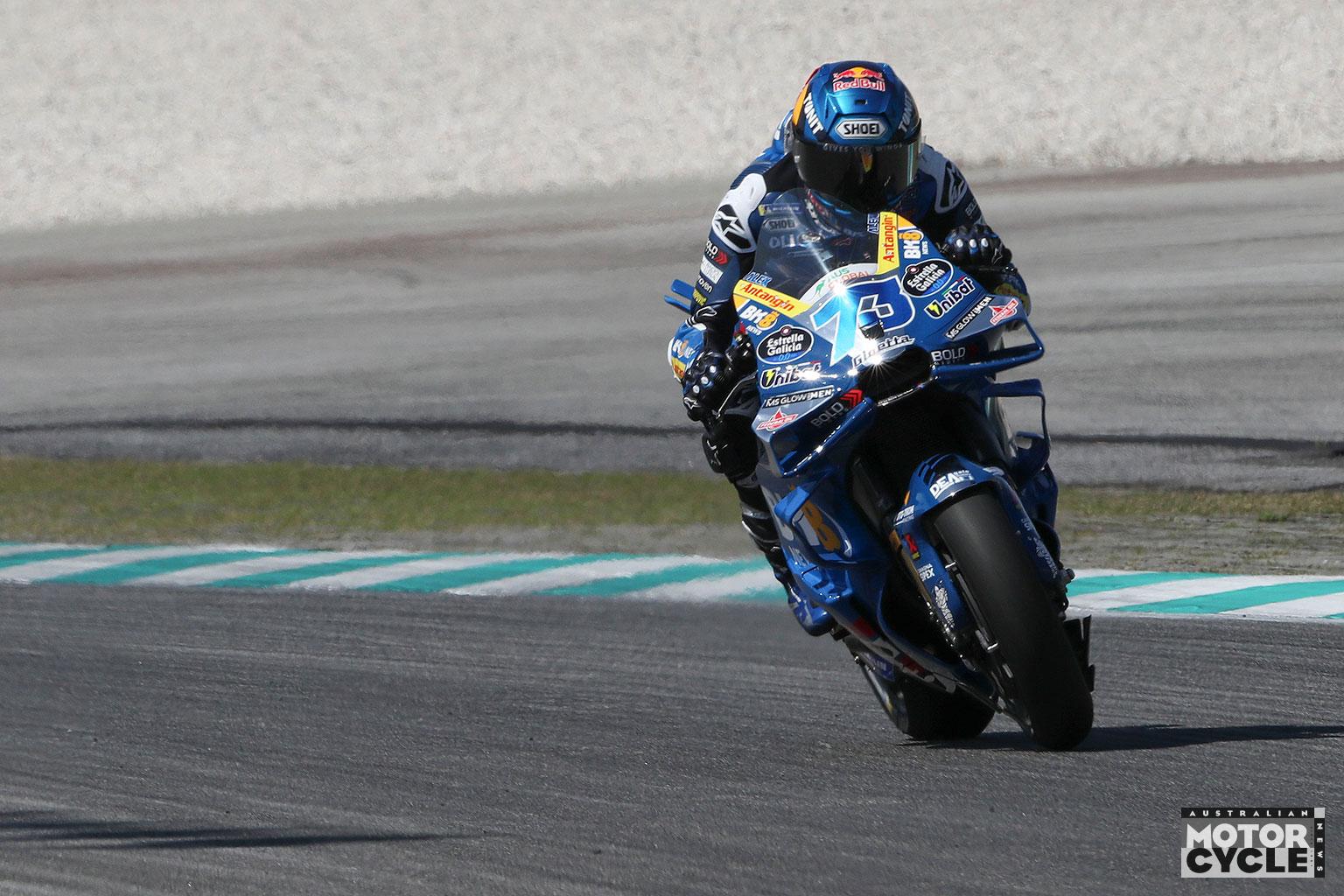Who expected Jack Miller in bright orange to ride well under the lap record, faster than anyone in the dry at Portimao, on the very first Friday of the 2023 season? It was his first race meeting with the Austrian manufacturer and the whole MotoGP paddock literally stared in amazement.
And while his on-paper results at the Circuit of the Americas were far from amazing with six crashes, the final of which left him in the gravel trap in Sunday’s 20-lap grand prix, he honestly believed he was in for a shout at the victory. And for good reason.
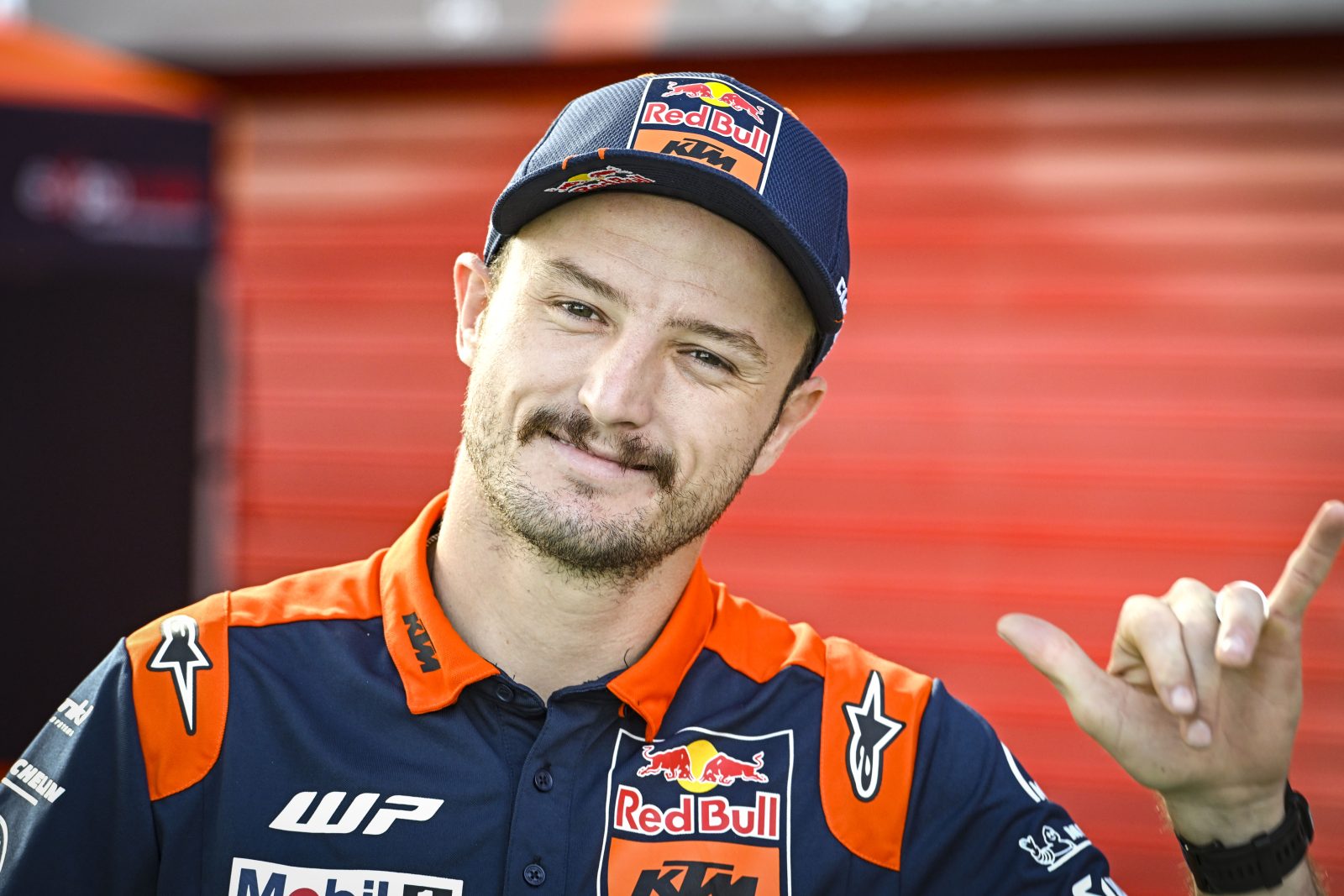
It has been clear for some time that the Italian manufacturers, Ducati and Aprilia, have built machines that all of their riders can be competitive on. And in my opinion, this is the best way to judge the current level of any manufacturer in MotoGP, rather than simply taking the results of their best performing rider who is usually someone special enough to make an uncompetitive machine look good. It was clear last season that Yamaha, Honda and KTM were all struggling to produce a base from which all of their riders – the best riders in the world, let’s not forget – could build a setting good enough to be competitive.
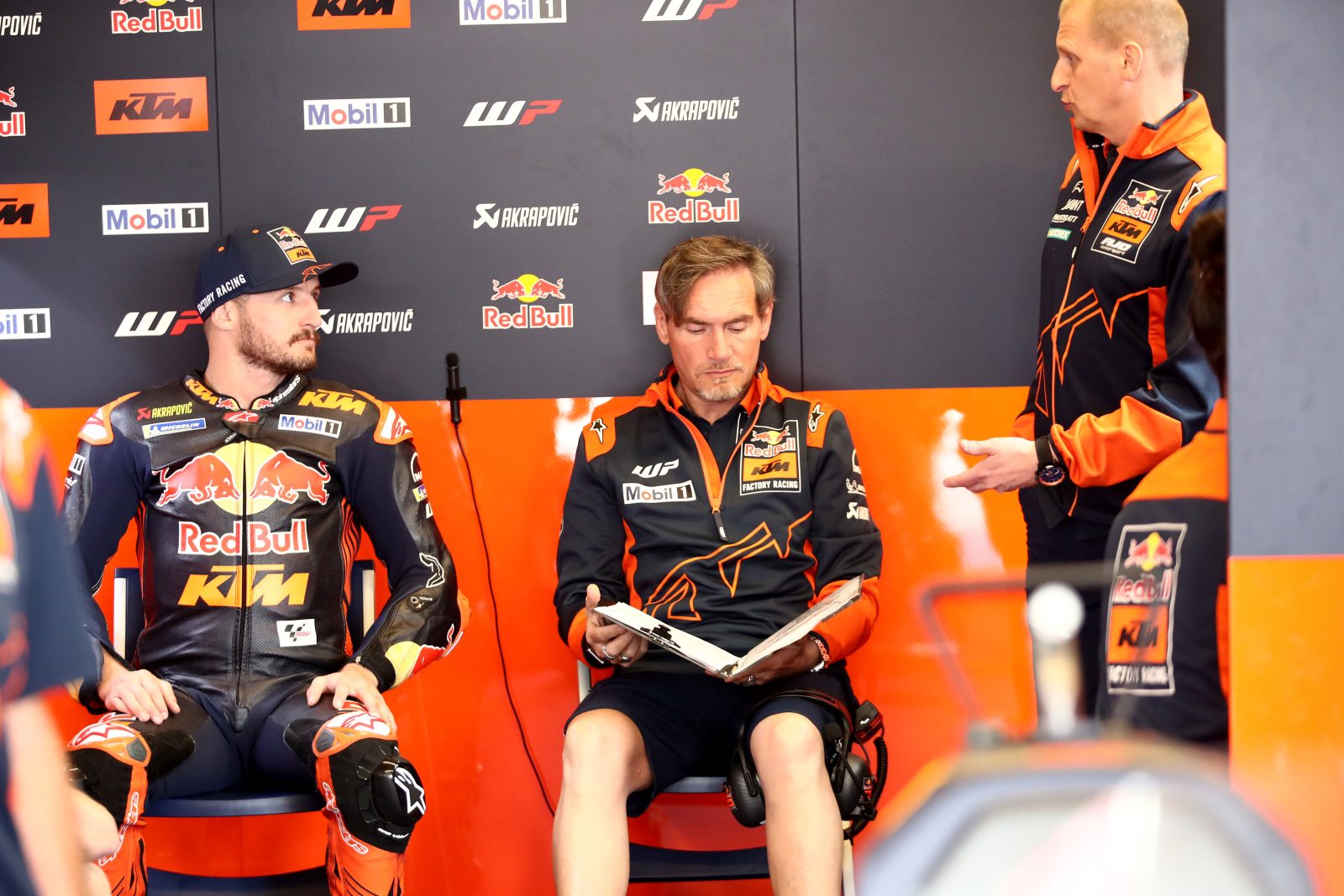
At the 2022 French Grand Prix in Le Mans in May I decided to keep a close eye on KTM and Honda to see if I could catch the first signs of one of them coming ‘out of the hole’, competitiveness-wise. I’m personally interested in this because the KTM and the Honda machines, although very different, are actually quite similar. You see, when KTM set out to build a MotoGP bike almost a decade ago, the Honda was the bike to beat. KTM therefore hired a lot of Honda staff and built a bike with their help. And although the European manufacturer used different materials and products from different suppliers compared to the Japanese marque, if you overlaid the two machines early in the piece they would give a surprisingly similar profile.
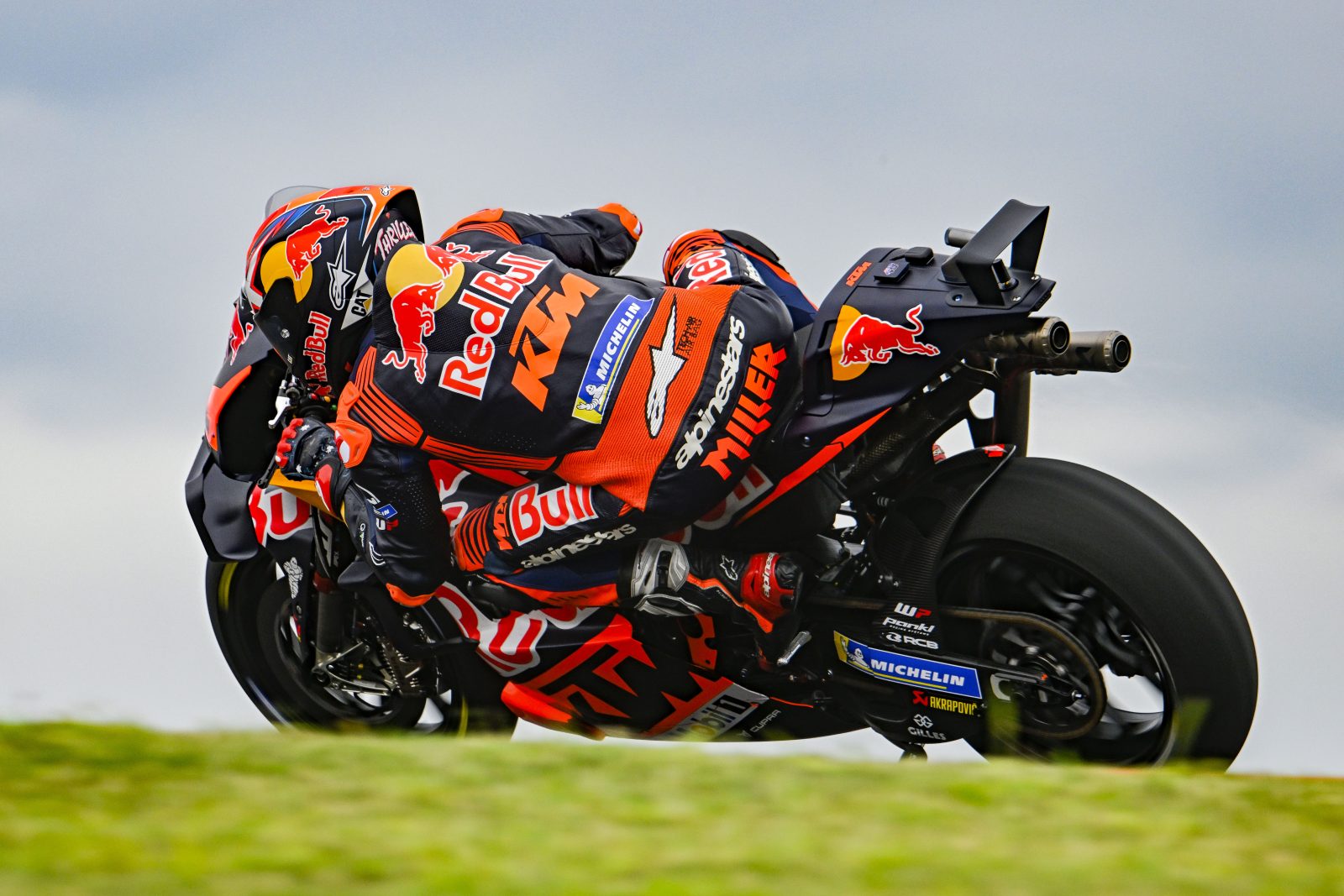
Once you know this, it’s not such a coincidence that both Honda and KTM have found themselves struggling against the competition at the very same time, despite Honda being one of the most experienced grand prix campaigners and KTM being by far the least.
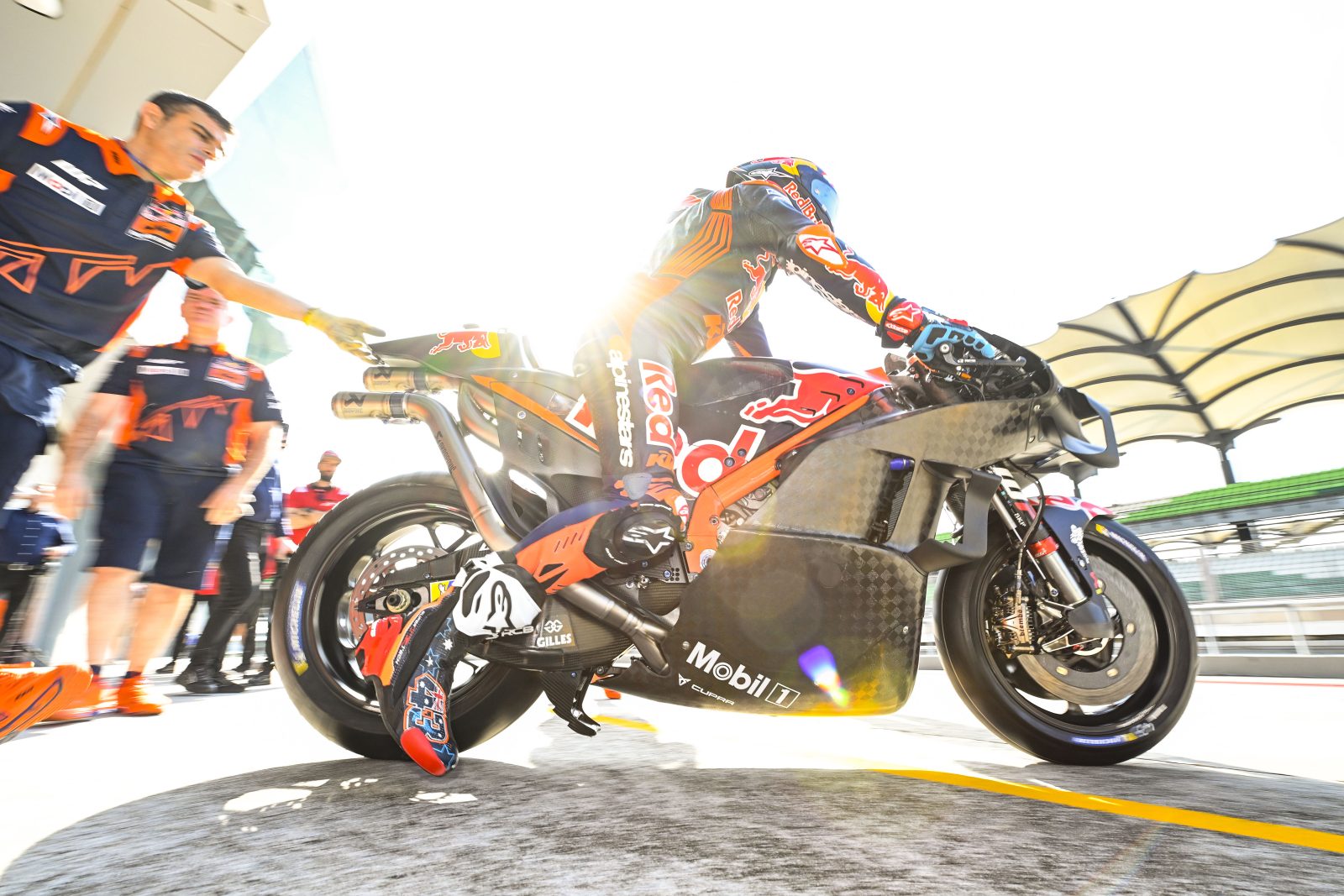
But what makes this so fascinating to me is, regardless of experience, both Honda and KTM are giants in the world of motorsport. Both have formidable track records (KTM mostly in off-road) and both are hugely determined to win – there’s more than just pride and prize money riding on this. Which is why I was fascinated to see who could climb out of the technical slump first.
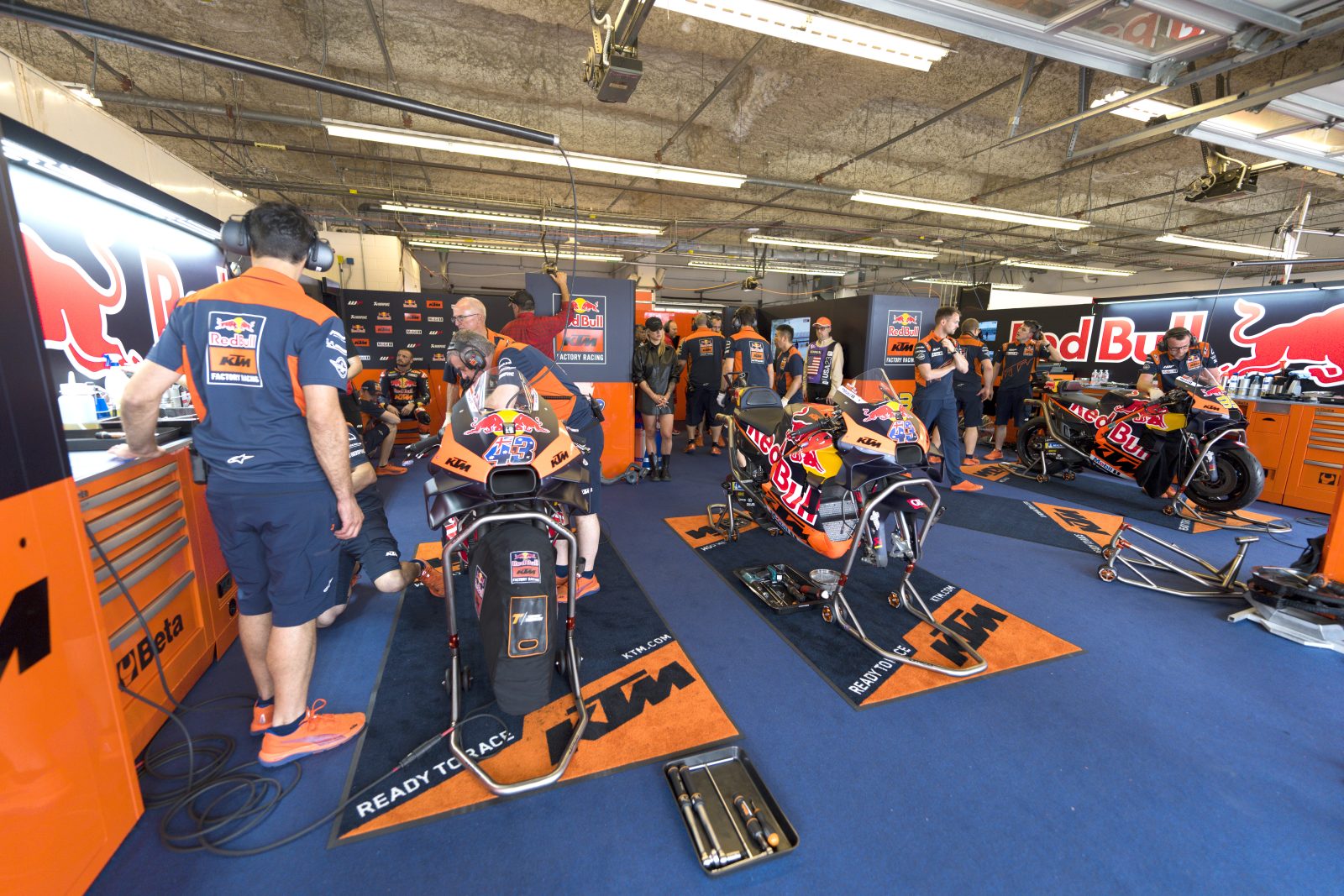
KTM has been competing in MotoGP for six short seasons, with 2023 its seventh year in the premier class. In the early years, the amount of hardware it turned up with for the team and its riders to test was impressive.
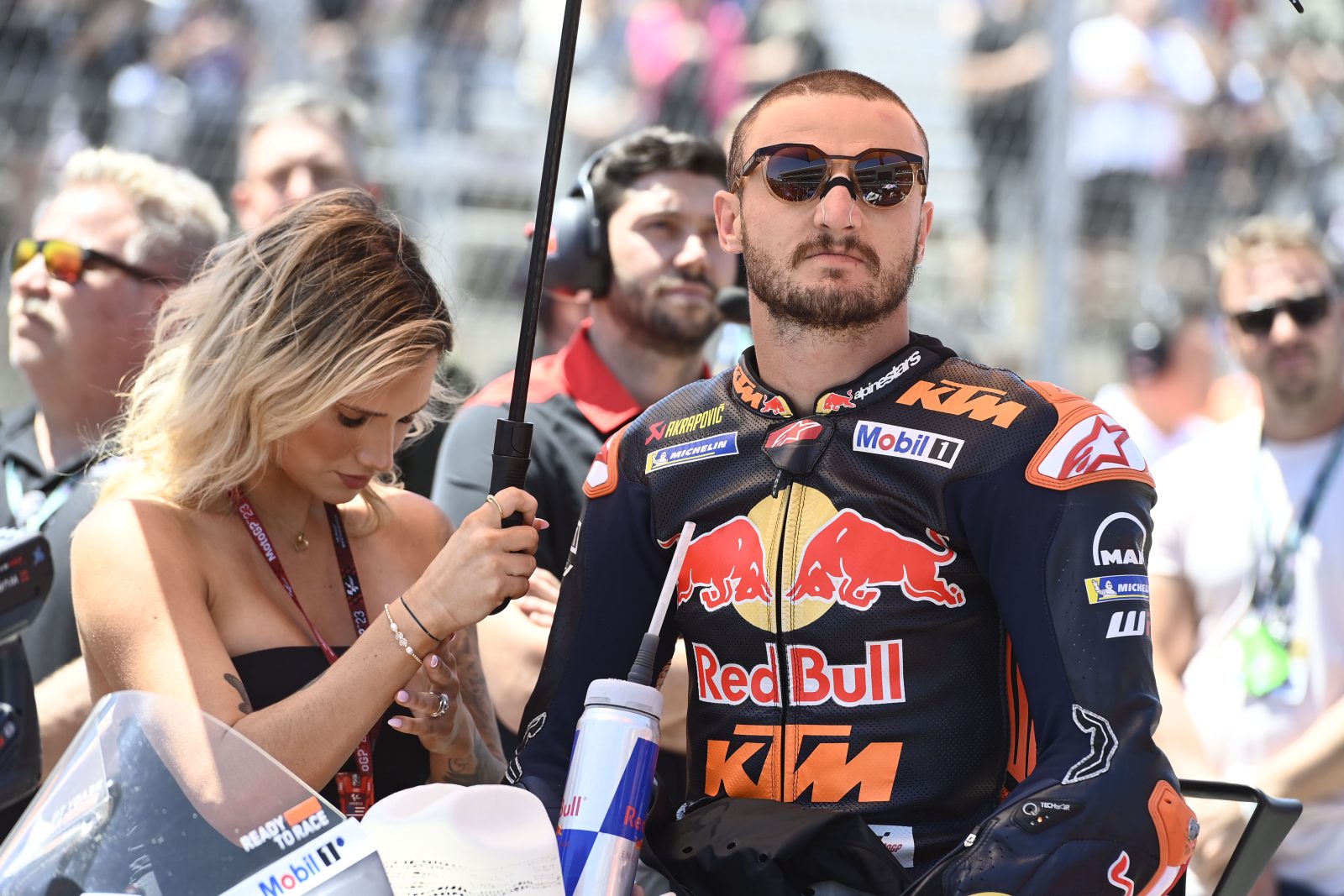
Then in 2022 KTM decided on a team manager change, from Mike Leitner to Francesco Giudotti. Leitner is a former 125cc privateer who I first got to know when I worked for Öhlins – he was a technician at the same time I was.
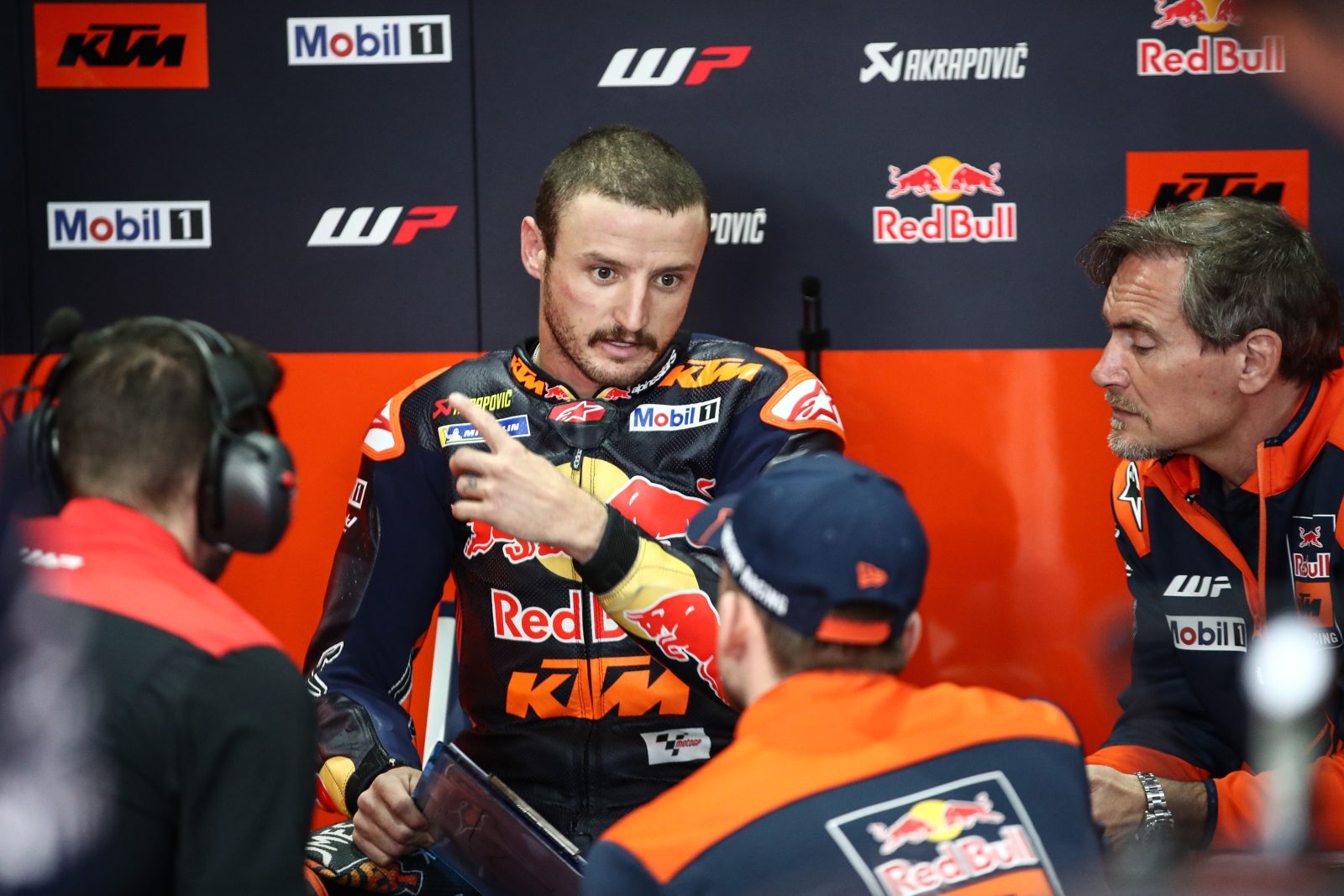
He was Dani Pedrosa’s crew chief from his first season in the 250cc category in 2004, guiding him to two intermediate world titles and sticking with him all the way through to 2015 when he joined KTM to help construct the testing squad that began working on the RC16. Leitner is very knowledgeable and was one of the many former Honda staff who made up the core of KTM’s original race team.
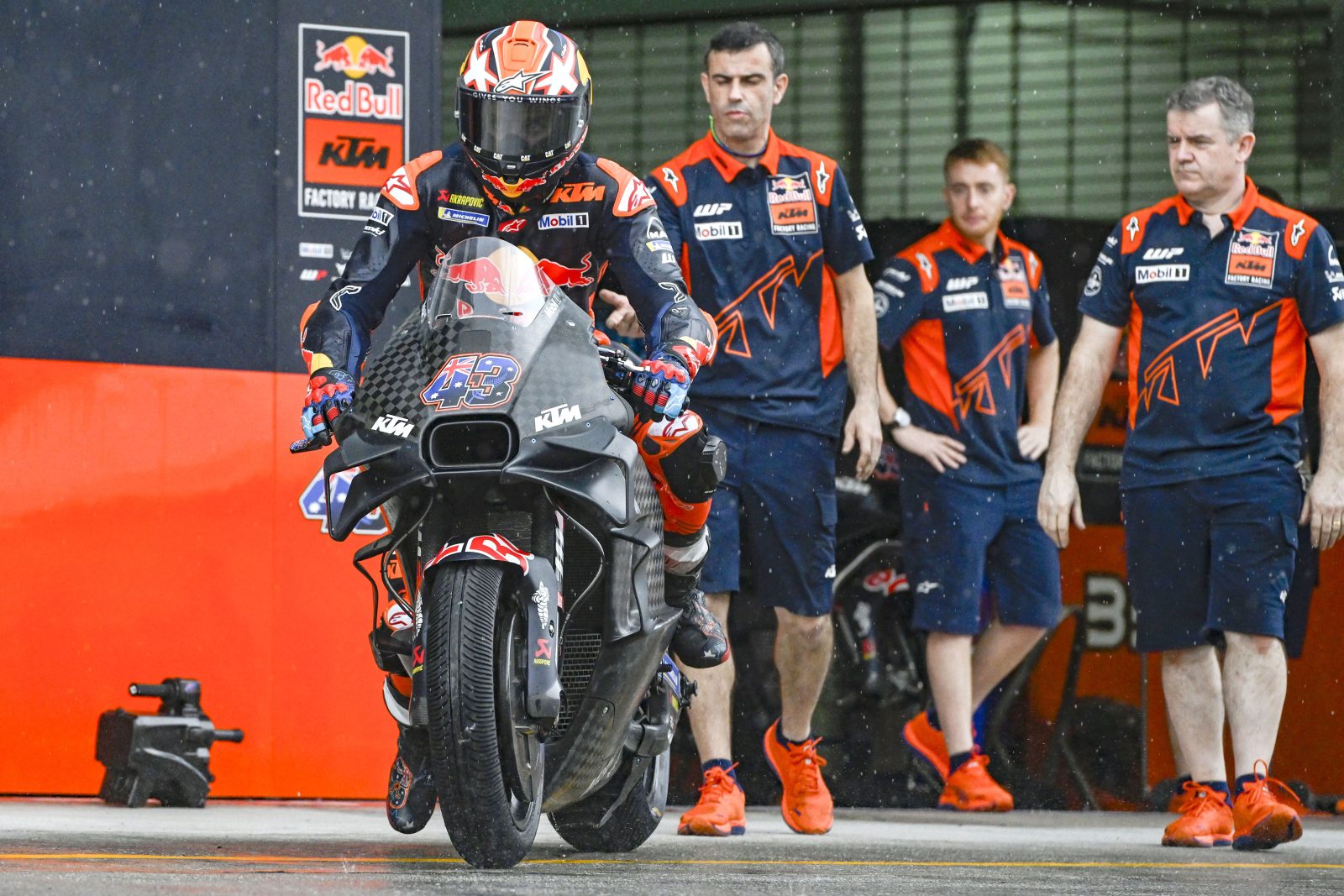
His replacement, Italian Francesco Guidotti, steered the independant Pramac team to success for many years as team manager – including the three seasons between 2018 and 2020 when Jack Miller rode for the squad. He’s one of the more approachable men in the paddock and, I believe, was hired by KTM more for his skills as a ‘people person’ rather than as a technical expert per se – and that meant he arrived with a complete change in strategy.
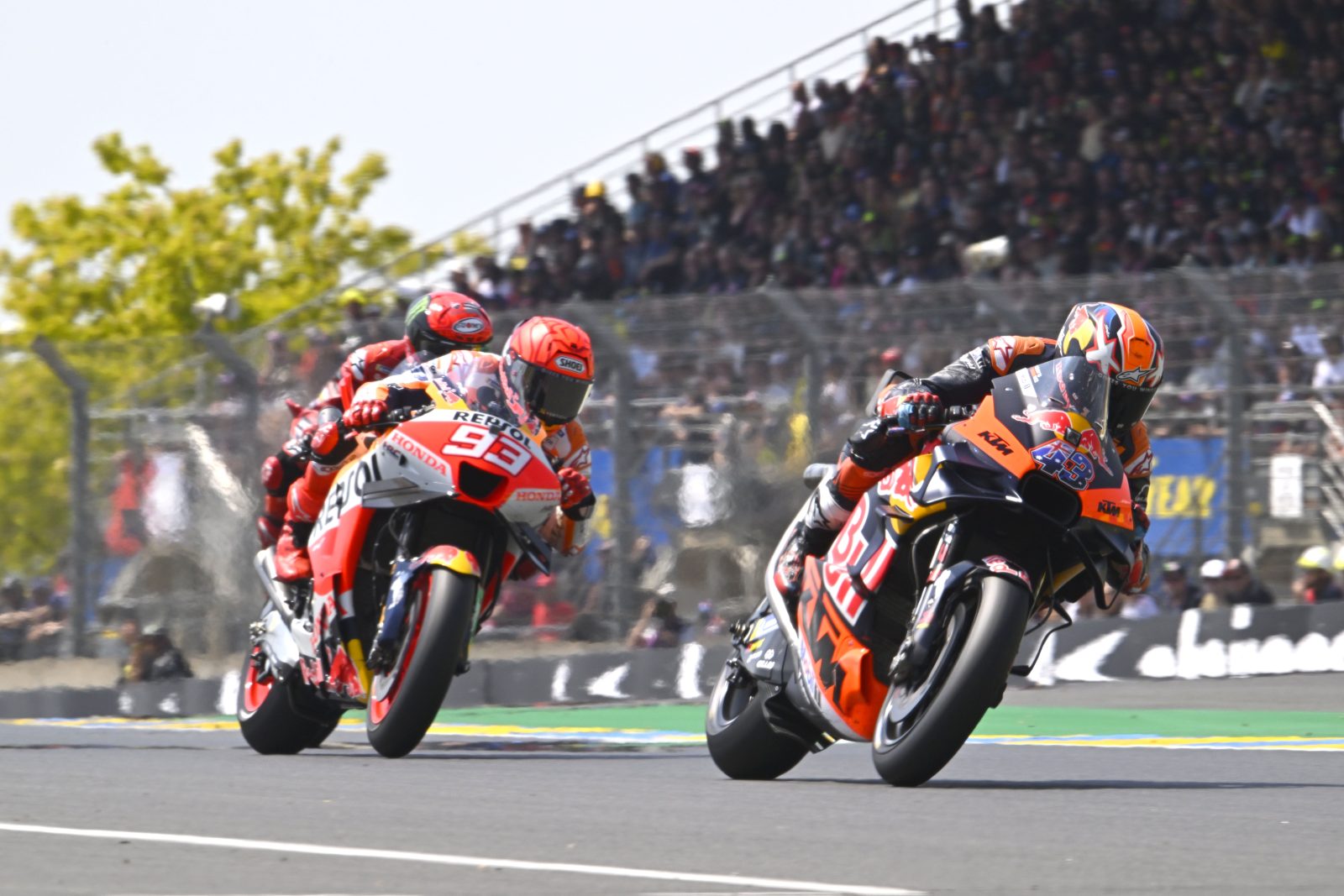
The 2022 approach of solving problems was throwing more and more new hardware at riders, or testing and re-testing all of the hardware they already had in an effort to find a better direction in that proverbial sea of parts. And as important as this was, it must have been a very frustrating time for the riders; a feeling as if they were standing still and going nowhere.
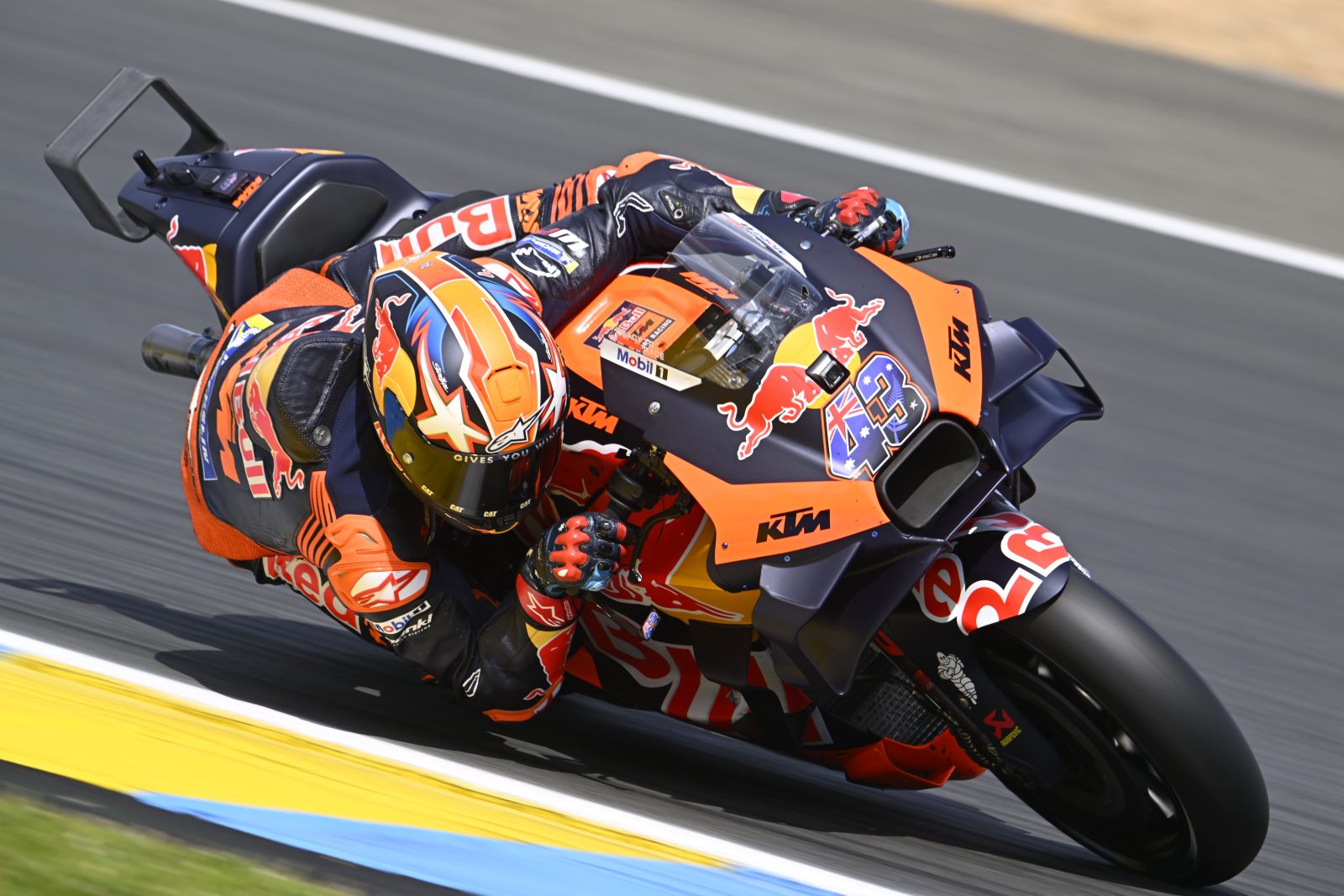
By the end of the year we saw some results with Miguel Oliveira’s win (in the wet) in Thailand and Brad Binder’s podium in Valencia. Those results were great if you’re an engineer, but not so great if you were a MotoGP rookie with one year to prove yourself like Remy Gardner and Raul Fernandez, with the Aussie Moto2 world champ’s MotoGP chances blown. That new chassis that arrived in time for the final race at Valencia gave more rear grip, and Binder put this to very good use as he was clearly the fastest man on track in the latter part of the race before eventually finishing second to Suzuki’s Alex Rins.
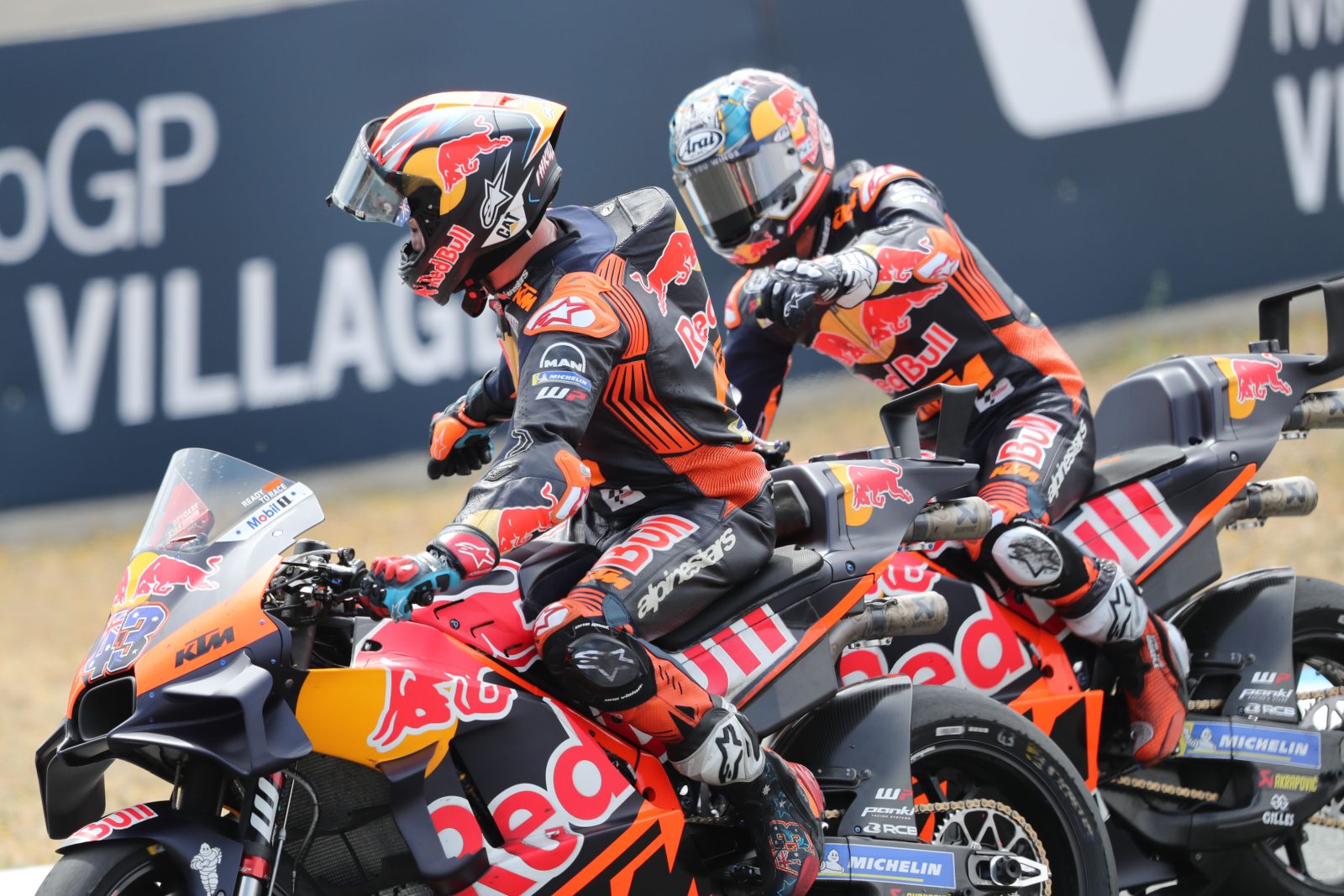
Fast forward to the first official MotoGP test of 2023 at Malaysia and it was clear to see KTM had worked hard over winter. With Oliveira defecting to the satellite Aprilia squad and Jack Miller now in his factory KTM seat, there was even more experience in the fold with early project KTM campaigner Pol Espargaro the so-called ‘captain’ of KTM’s satellite team – GasGas Factory Racing Tech3 alongside rookie Augusto Fernandez.
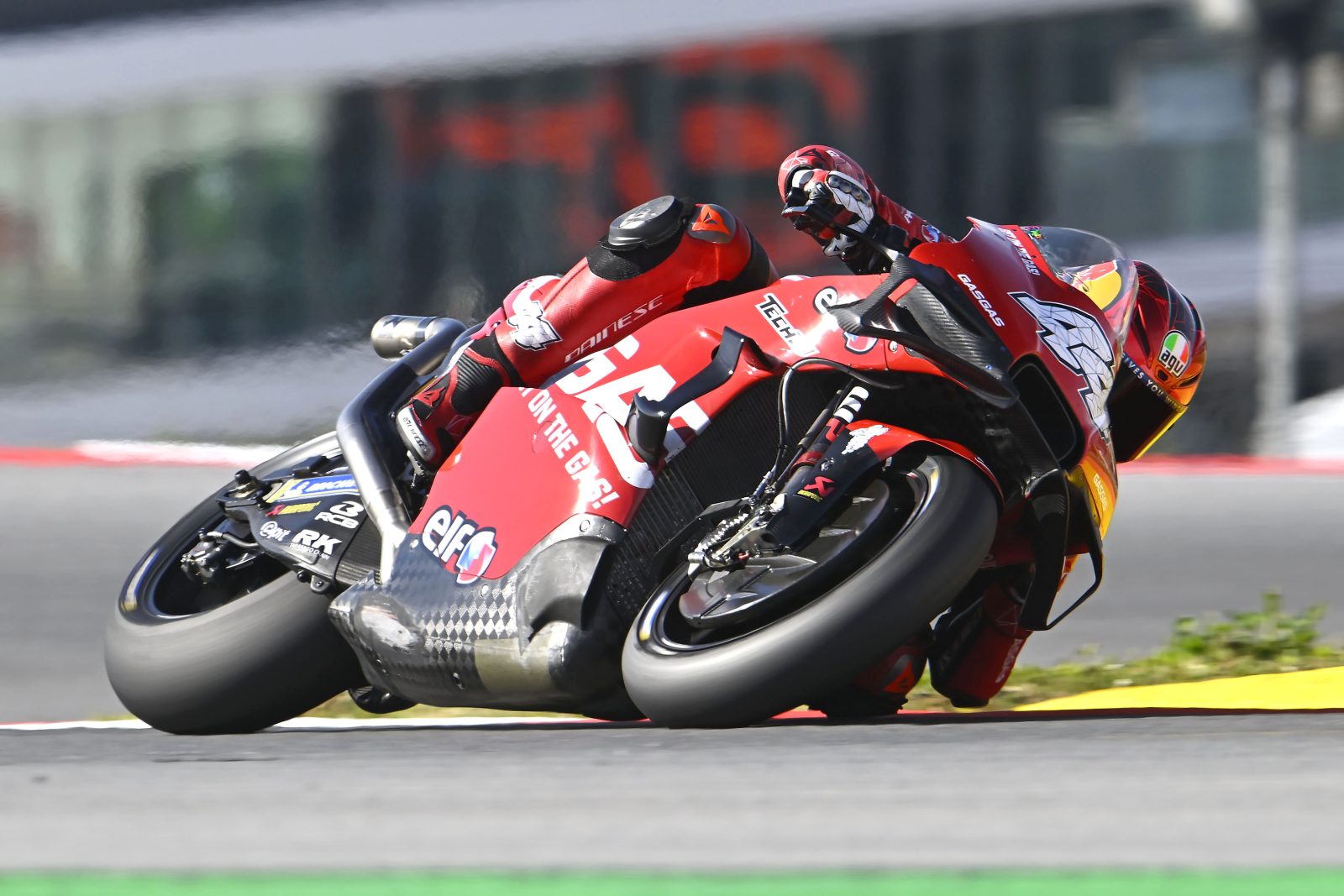
Red Bull KTM turned up in Sepang with at least three different chassis to try and lots of new aero options, which were developed with the help of Red Bull Advanced Technologies, the same company which develops products for Red Bull’s Formula 1 effort. On the first day, a very different- and beautiful-sounding engine turned up in Binder’s garage, it appeared in Miller’s garage the next day before finding its way into Espargaro’s GasGas-branded KTM on the third and final day.
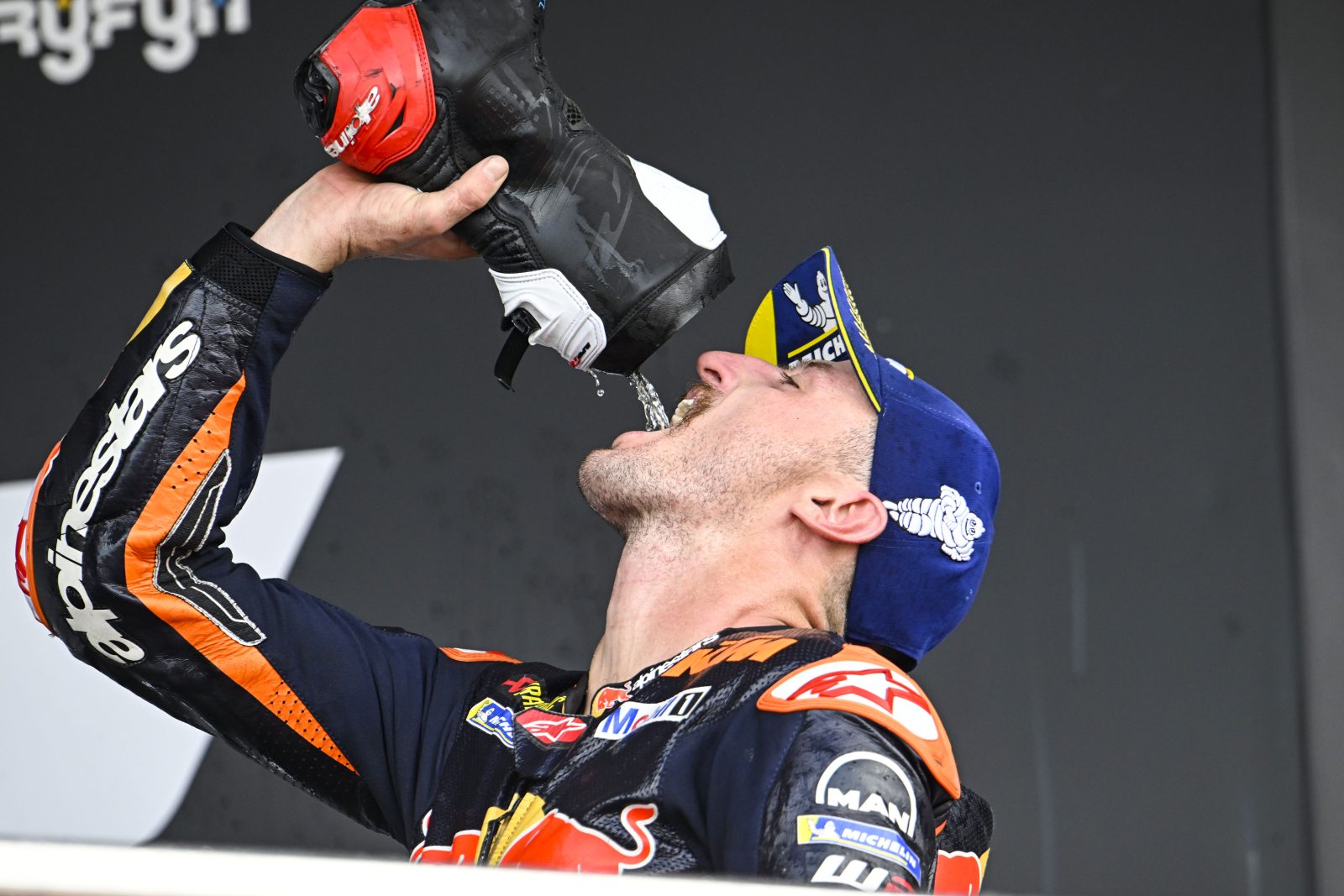
To me it sounded closer to a V-twin than the V4 it is and, when observing the mechanics starting it with the plug-in electric starter motor, they experienced the same sort of difficulties I’d have expected to see when starting a 1000cc V-twin rather than a 1000cc four-cylinder engine, so they were clearly experimenting with more of a ‘big bang’ firing order.
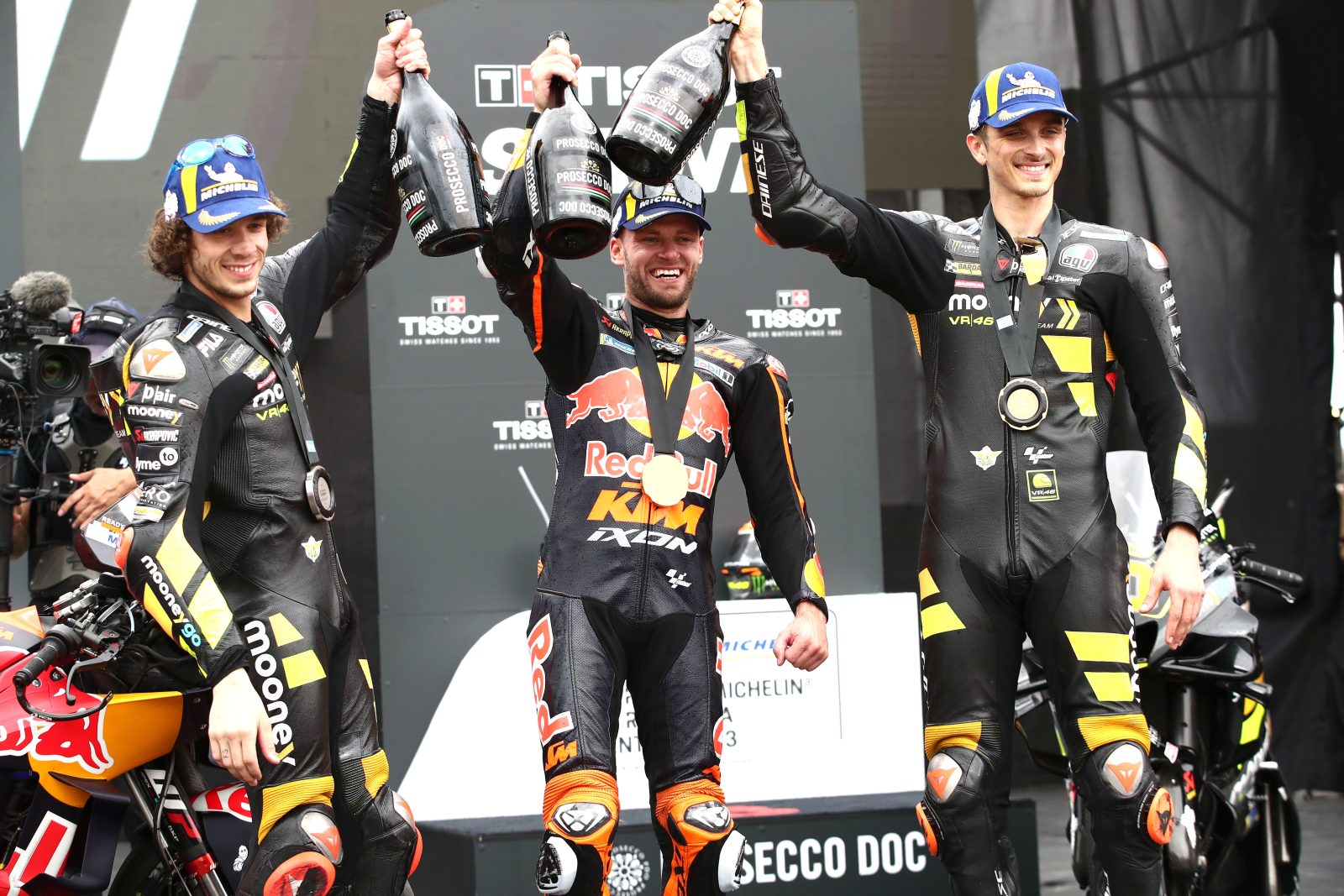
The two teams obviously felt as if they were making progress with these new parts both at Sepang and at the following test one month later in Portimao, because the riders all opted to start the season with these new products. Binder and Miller, as well Espargaro and Fernandez, all chose to start 2023 with a base of a new chassis, new aero and the new-sounding engine. The unsettling thing for me though, was there was no actual proof of progress in the lap times compared to the season prior. My gut feeling was that KTM had brought a lot of new hardware and the riders liked how it felt, or the feedback it provided, and figured it was only a matter of time before they worked out how to put it all together and translate it into improved results. Enter Jack Miller.
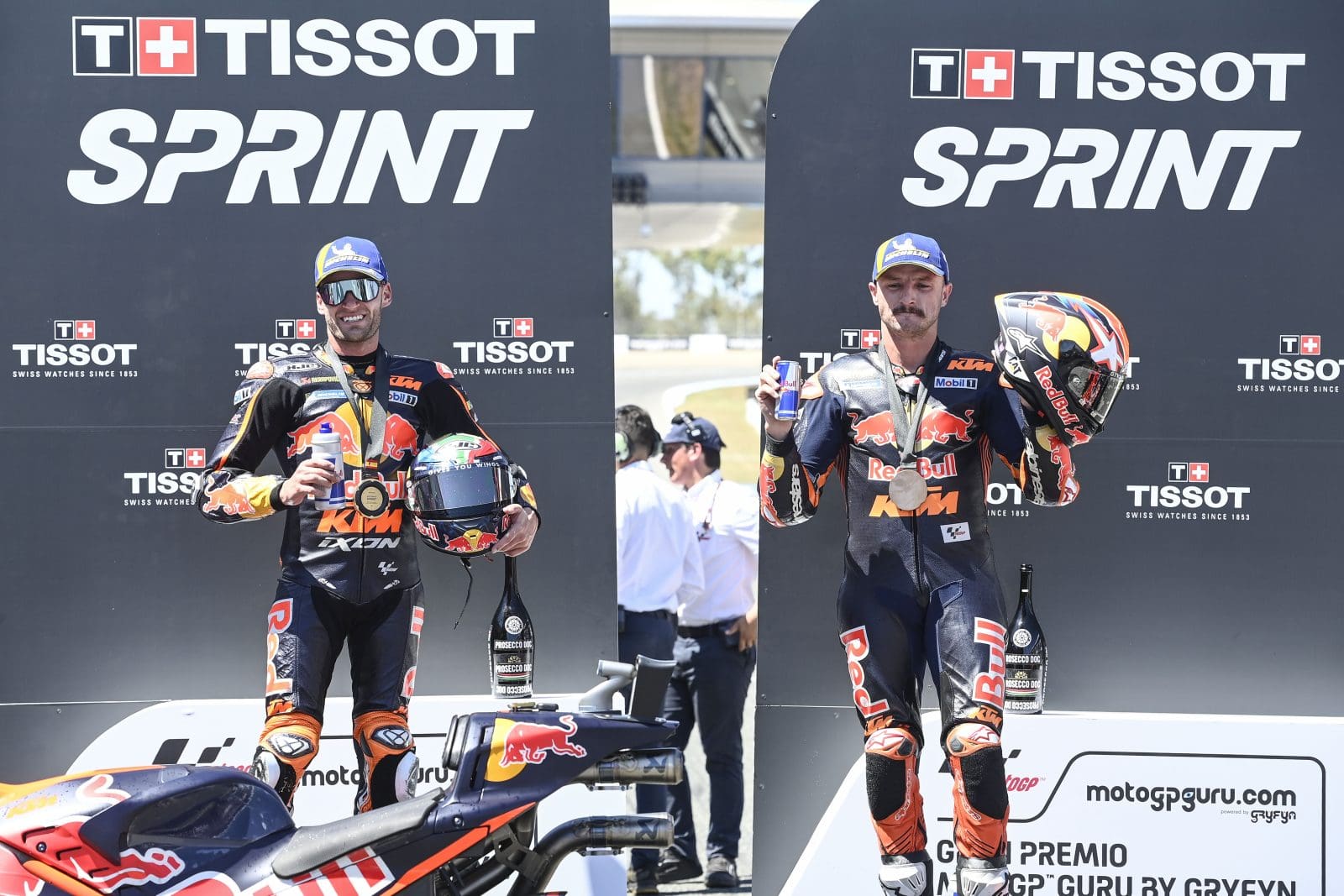
After five seasons with Ducati where he not only raced but also played an important development role in creating what’s now regarded as the most well-sorted machine in the paddock, Jack knew what he needed to go fast when he arrived at KTM and, importantly, what he felt he was missing. The other key factor to his integration into the squad was the fact that he brought some team personnel with him who know how he rides, how he works and what he wants and needs from a motorcycle to be able to ride it fast.
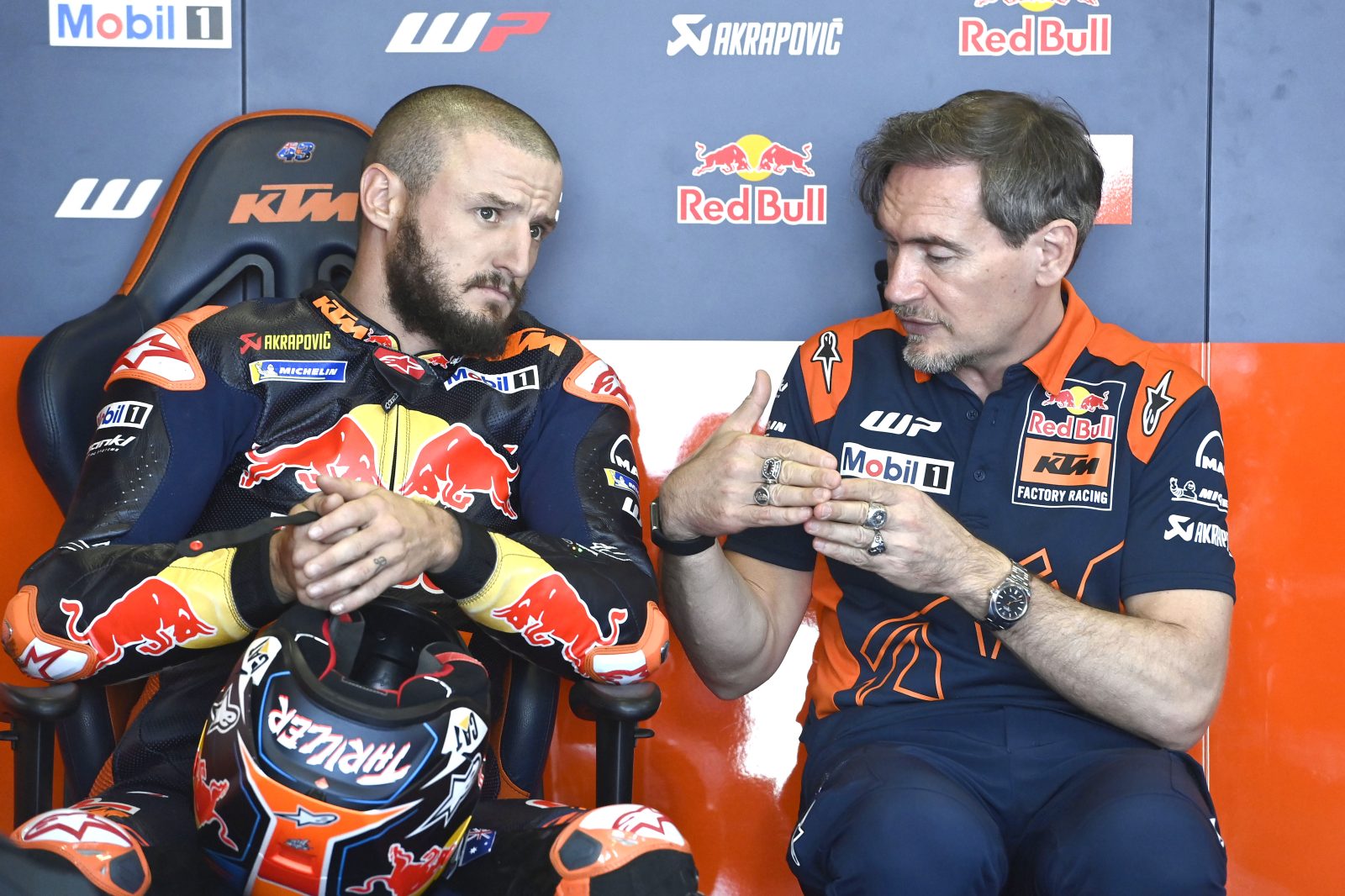
Jack liked the feeling of the new chassis and aero, felt a good step from the new engine, and said he liked the feedback he got from the bike in general – especially the front-end – but he felt he needed to improve the electronics. Jack said he explained “in my gobbledygook” to the electronic strategy engineers what he wanted to change and, because his long-standing crew chief Cristhian Pupulin and the three mechanics who followed him from Ducati could translate to KTM in technical terms exactly what Jack was requesting, the Aussie was able to do in a couple of days what Binder had been trying to achieve for years. And that’s why the paddock was staring in amazement when he topped the timesheets on Friday at the season opener at Algarve in Portugal.
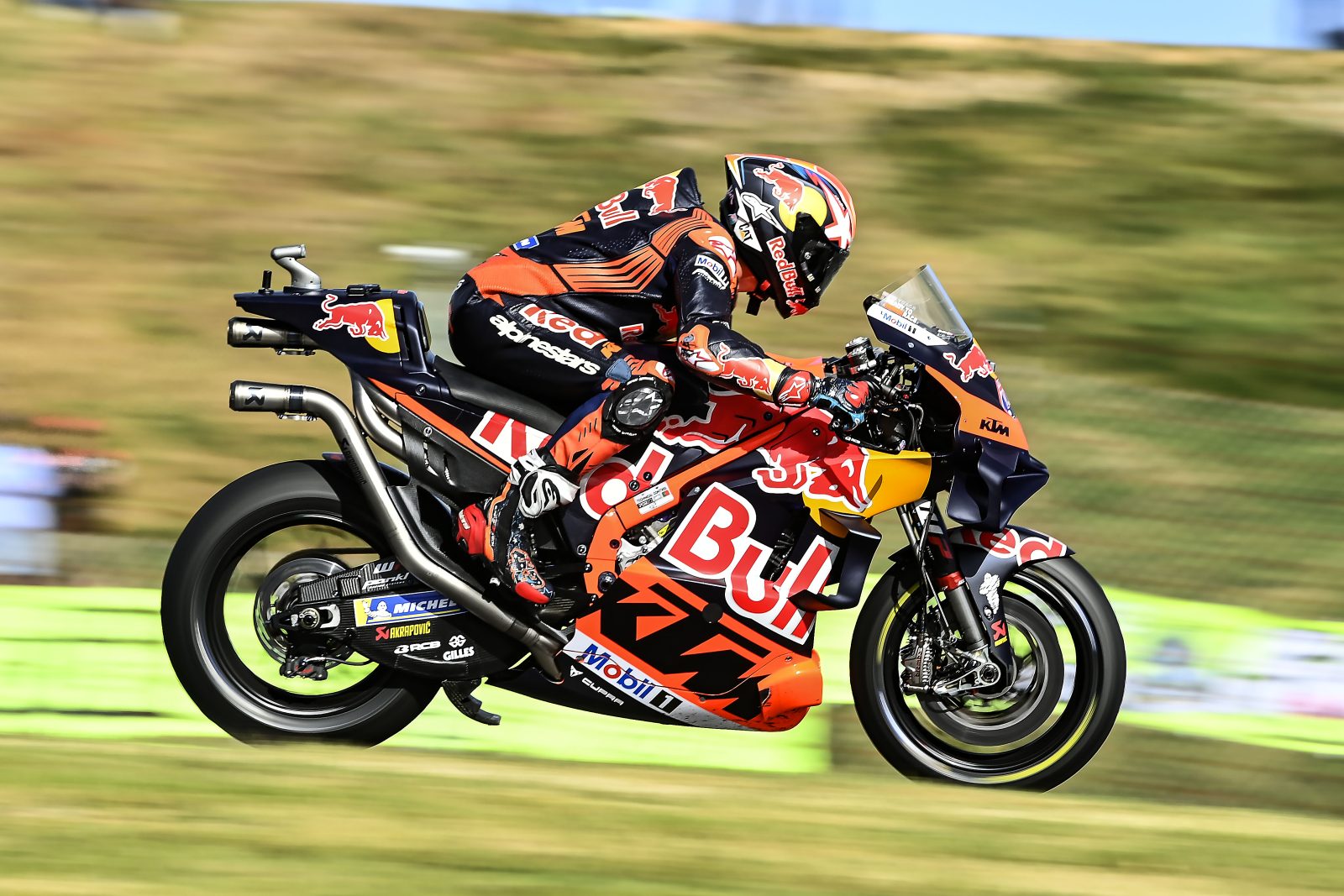
Without this chain of communication, progress is very difficult. This process saw Jack and his crew bring new ideas that helped extract the performance from the newly updated KTM, and not just for the number 43, but for all four KTM and GasGas riders.
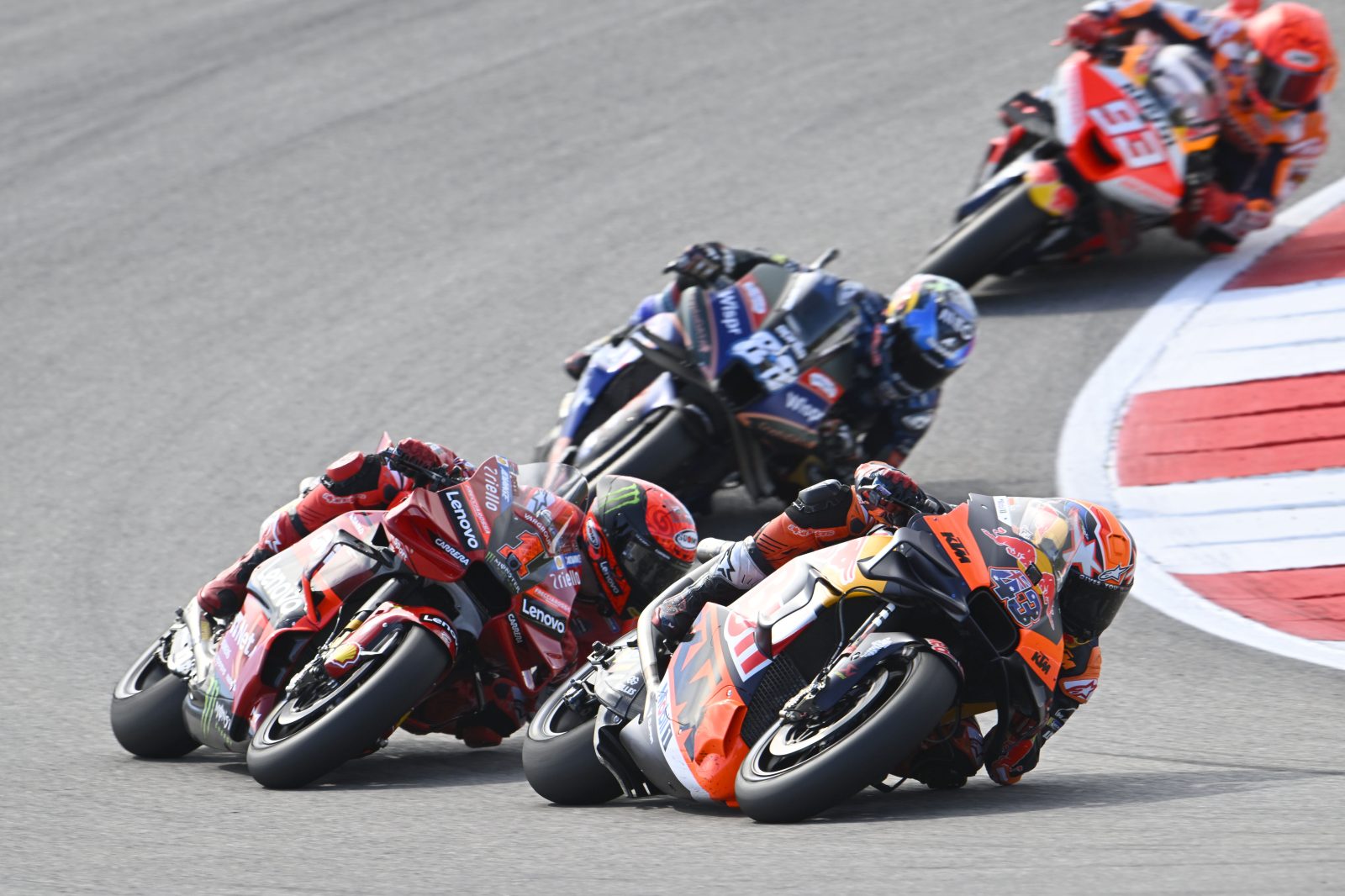
So despite Alex Rins’ brilliant performance in Texas on a satellite Honda, it’s obvious to me that KTM is the first of the struggling motorsport giants to make really clear progress in 2023, because the results are improving across the board. So the next question I want answered is how far can KTM go on this rise towards the top? My gut feeling is all the way. In fact, if I was Ducati or Aprilia, I would be glancing over my shoulder with concern at not only the progress KTM is making, but at the determination and willingness it has to make it happen. Because, at this rate, I reckon it’ll be very close within a couple of years.
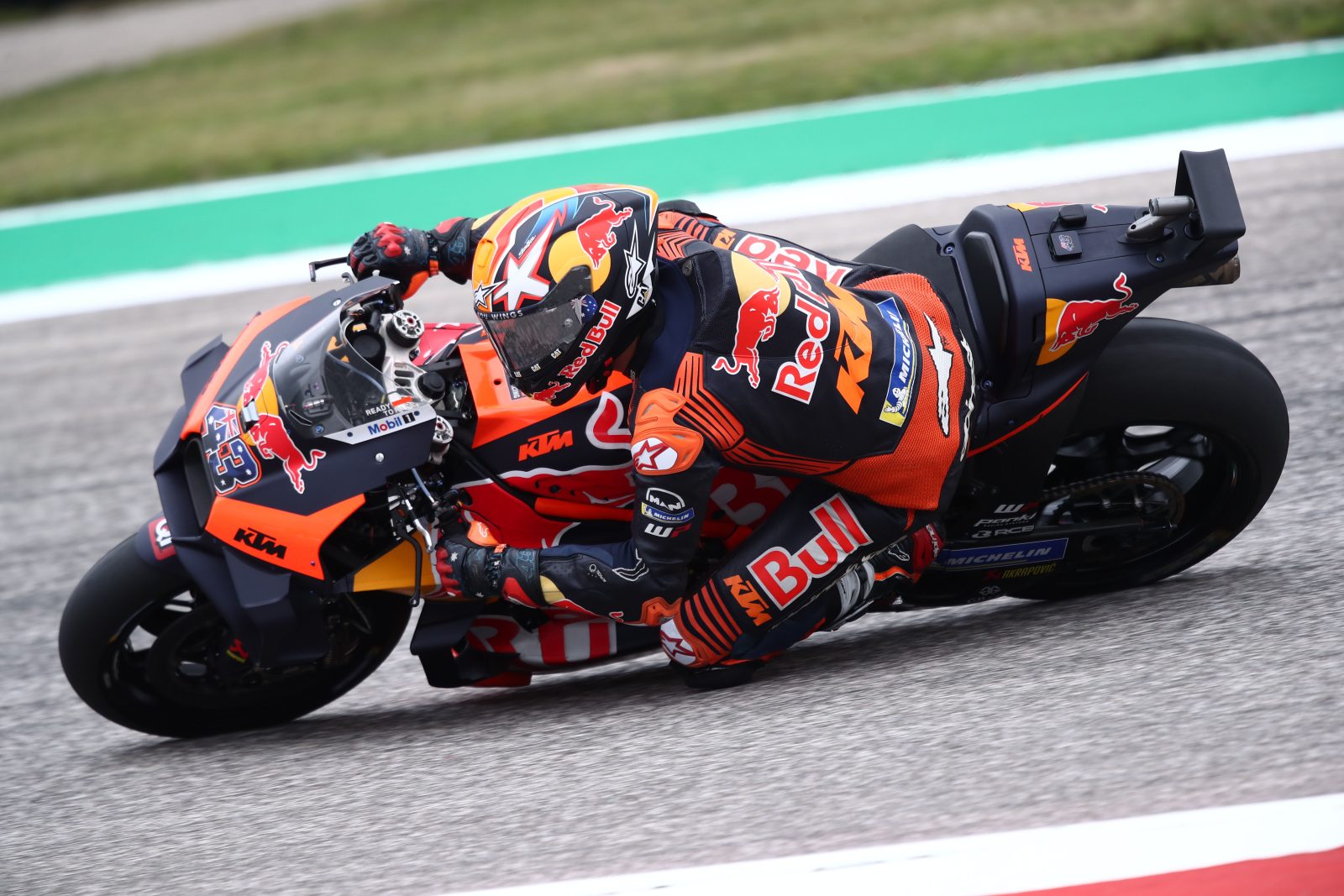
Jack has already proved he is still in possession of the natural talent the whole GP paddock knows he has. What’s more he is highly motivated.
“I just can’t wait to get back on this thing because I’m really enjoying riding it, and enjoying the group of guys and working with them to make things better,” he ebulliently said at his post-race debrief in Texas.
And that’s fantastic news for the many Jack Miller fans – including me – in Australia, in the MotoGP paddock and around the world.
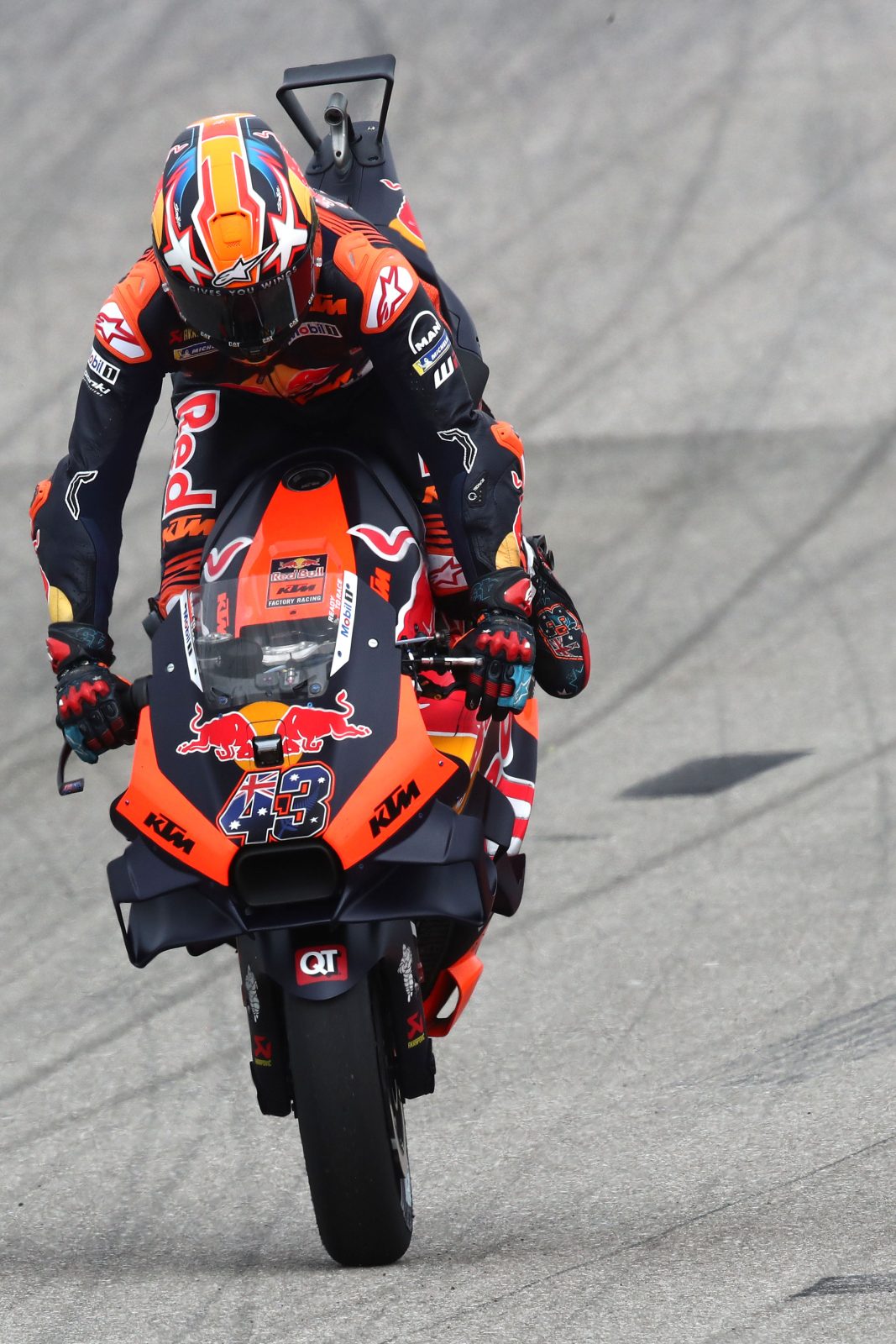
Words Simon Crafar + Photography Gold&Goose

